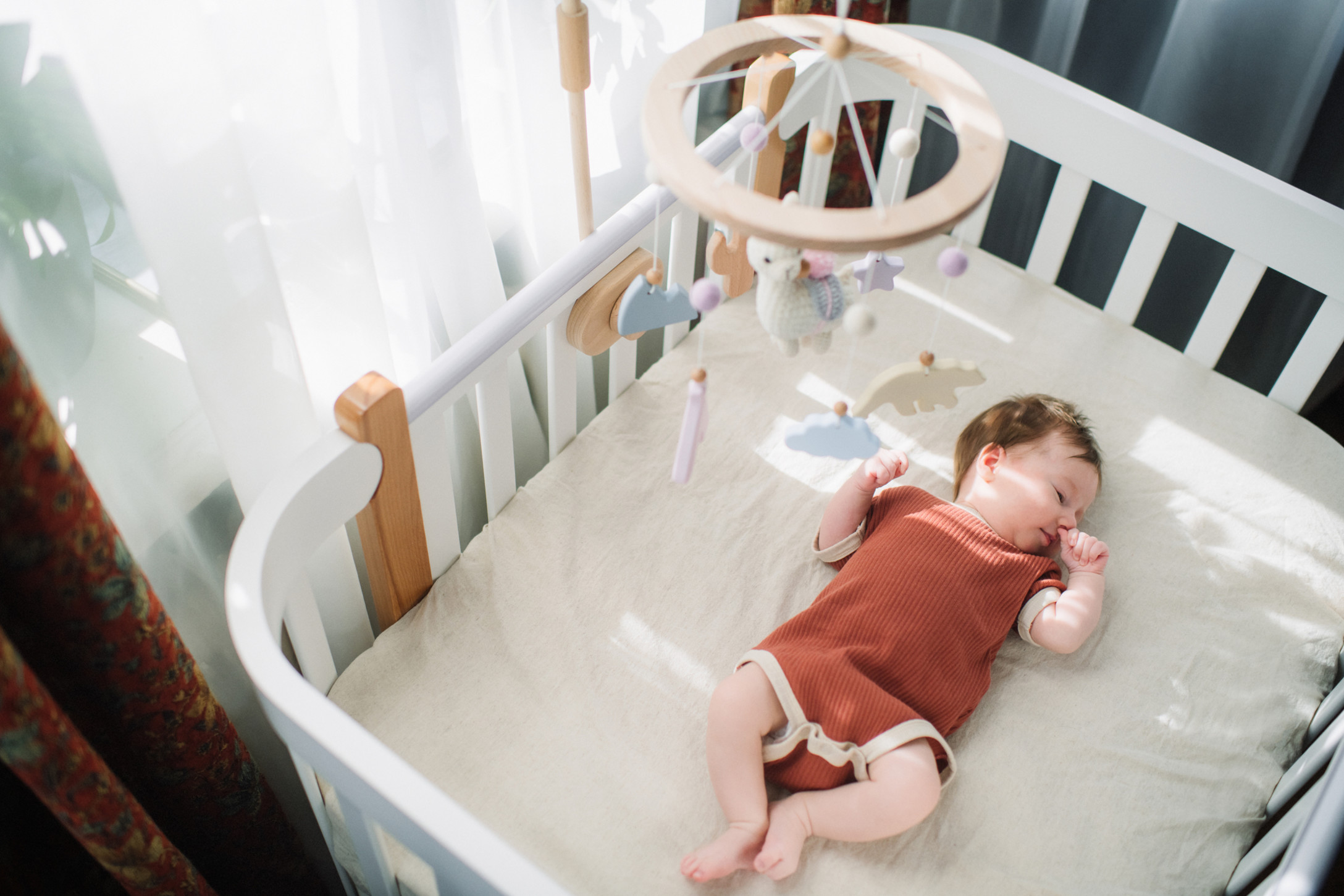
Being a new parent can be a trying and stressful time, as all new parents want to keep their babies happy, healthy, and safe. It seems a near impossible challenge when every parenting book says something different and experts are always changing their recommendations and rules. Many parents do the whole "learn as you go" style of parenting, except when it comes to certain aspects of their child's life, such as where and how they sleep.
Every new parent knows the feeling of being attached to the baby monitor when their newborn begins crib sleeping. Now, parents can breathe a bit easier with some brand-new guidelines to follow. The American Academy of Pediatrics announced on Tuesday that it has updated its guidelines for safe sleeping in infants and newborns.
The new report indicates that babies should be sleeping on flat surfaces that don't incline.
According to the academy, about 3,500 infants and newborns die in the US every year due to some type of sleep-related death. Some of these include strangulation or suffocation in the baby's crib and bed. Therefore, the orgnization emphasizes that having babies sleep on a flat surface can decrease the risk of suffocation or even being trapped between the mattress and a wall or crib bar.
The pediatricians also recommend that parents avoid adding extra decor and other things to a crib.
Although parents like to put blankets, pillows, bumpers or stuffed animals in their baby's crib, the academy strongly advises against them. The report indicates that these decor items can pose a danger to infants, causing entrapment or even increased risks for children to suffocate.
To ensure parents are following these guidelines, new mandates have been put in place for all sleep products on the market.
The recommendations come after new guidelines were issued in 2021 with the US Consumer Product Safety Commission that actually banned inclined sleepers for infants. The new guidelines also indicate that all sleep products marketed for newborns should be equal to or less than 10 degrees from horizontal — ensuring babies are sleeping in a position as flat as possible.
One of the biggest changes from the new report, however, is the push for parents to stop bed-sharing and co-sleeping.
Although some new moms love the idea of co-sleeping for bonding or easier access for feedings, the academy is strongly advising against that practice.
“The AAP understands and respects that many parents choose to routinely bed share for a variety of reasons, including facilitation of breastfeeding, cultural preferences and belief that it is better and safer for their infant. However, based on the evidence, we are unable to recommend bed-sharing under any circumstances," the report read.
Instead, experts suggest other ways to keep their infants close by for feedings and nurturing.
To reduce the risk of sleep-related deaths, the organization suggests keeping an infant's crib nearby or in the same room as parents. Additionally, some parents use bassinets in their bedroom during the earlier months for night feeds and diaper changes. These sleeping arrangements are both convenient for parents and keep their infant safe from any possibility of danger.



